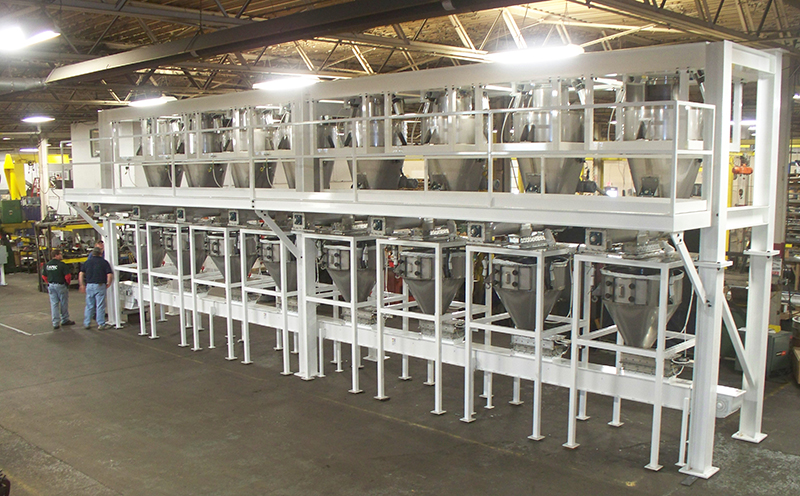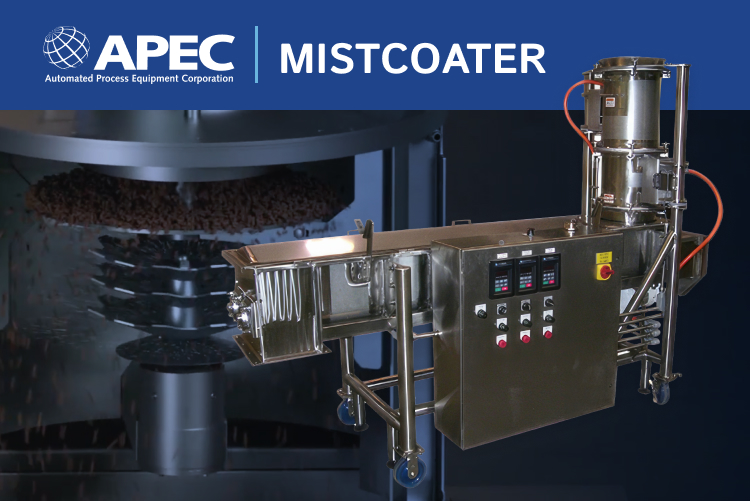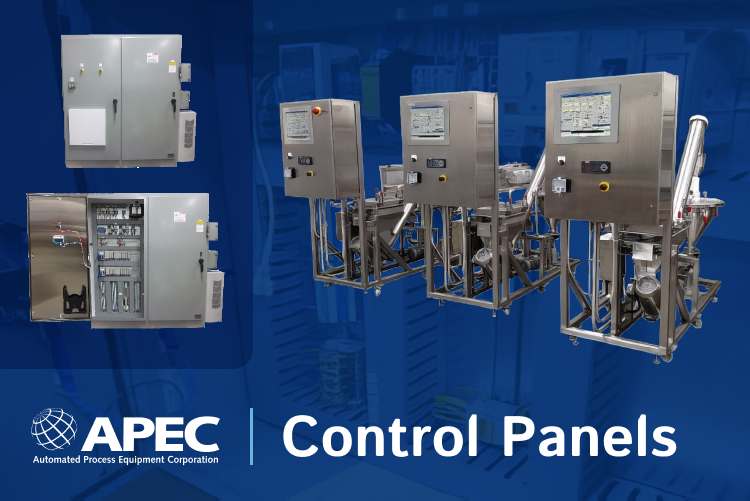
The increased use of super sacks in feed and pet food processing has saved operators hours in time, reduce costs, and helped to dramatically improve efficiency. A one-ton bulk bag (AKA super sack, flexible intermediate bulk container or FIBC) can take the place of forty fifty-pound bags. However, the growing popularity of super sack unloaders also introduces workplace hazards. If you are considering switching to bulk bags, make sure you have the right bulk bag unloader design, and the right super sack handling precautions in place.
Super Sack Handling Precautions in Receiving
Super sacks are highly durable, and built and tested to carry up to 1 or 2 tons of material, however they can be damaged by improper handling or misuse. A few precautions and clear handling instructions at the receiving and loading stage can prevent many injuries later on.
1. Inspect the bag
When you receive the super sack or bulk bag of materials, do a brief inspection to ensure the bag is not damaged. In particular, look at the seams and the handles. This not only helps to prevent injuries that could occur from falling or breaking bags, but will also help to prevent product loss and expenses.
Get the secrets to feed mill and pet food automation systems design. Download the Engineer’s Guide to Weighing and Batching >
2. Careful forklift operation
Bulk bags should only be handled by a qualified forklift operator. To prevent the bag from tearing during loading and unloading, use a forklift with rounded or square tines, not sharp tines. Since most bulk bag injuries result from breaking handles, the operator should also take care during loading.
This procedure should be clear, and safety at this stage should be a priority. Instead of driving the forklift tines into the handles, the operator should manually place the handles onto the tines, drive forward, and then place the next set. Though this will take more time, it is an important measure to prevent damage to the handles and thereby also prevent injuries.
3. Alternative lifting mechanisms
Bulk bags are often shipped on a wooden pallet, so they can be lifted from the bottom. A lifting frame on the fork truck or attached to a hoist can then be used to attach the four bulk bag straps to the four hooks under the frame. Then the lifting frame can life the bag into position, or the fork truck can lift and set the bag by positioning it on top of the bulk bag unloading frame.
Super Sack Handling Precautions in Loading
4. Clear the area
Loading the bulk bag onto the discharge station is also a careful process, as this is where most injuries occur. When loading the bulk bag, no one should ever be underneath the bag at any time. This is especially important if you are using a hoist to lift the bag into position. The most common injuries occur when either the handles or the frame fails and the bag falls on a worker. This can kill or seriously injure personnel. To prevent this, the hoist should function without the need for a worker to guide or adjust the bag, and the area underneath the bag should be clearly marked.
5. Use a tried and tested frame
The frame supporting the bulk bag as it is loaded and discharged should also be strong and stable enough to support the system in the long-term. If the bulk bag often loads improperly and it is crooked or not properly supported, the weight will distribute unevenly on the frame, causing it to bend and eventually break.
Super Sack Handling Precautions in Discharge
6. Untie the bag, don’t cut it
When discharging the bulk bag into the system, there should be minimal contact between the bag and the operator. In some cases, a worker may cut the bulk bag spout with a knife to discharge it, however this introduces unnecessary risk. Instead, the bag and the spout should be untied and pulled into place.
7. Control dust
If the super sack materials are dry or they pose a dust fire risk, it is especially important to control fugitive dust during discharge. There are a number of ways to do this, and which is best will depend on your materials, facility, and the bulk bag frame design. You might use a spout seal, iris valve, or a ventilation system to control dust.
8. Control static
If dust does become a problem around your bulk bag unloader, a dust fire can occur even without an obvious trigger like a spark or arc. As the materials, especially powders, flow out of the bag, they create static charge. If a static spark reaches a dust cloud under the right conditions, it can explode. While mitigating dust, it is also important to ground the super sack unloader frame to prevent static buildup. By reducing the risks of both powder and static charge, you dramatically reduce the chances of dangerous powder explosions.
9. Eliminate pinch points
Finally, where the bulk bag spout and the valve or seal meet, make sure that workers are not exposed to pinch points or crushing. The care that you used to prevent dust fires can quickly be undone if workers can reach into spout-sealing systems or bag-elongating systems and injure themselves.
Super Sack Handling Precautions During Disposal
10. Don’t reuse the bag
In some cases, super sacks may be reused in other processes. While this is more environmentally friendly and can cut down on packaging costs, this method should be used with care. Reusing bulk bags can introduce cross-contamination, and it can damage the bag. Only reuse bags that are tested for this purpose, and only when cross-contamination isn’t an issue. Many suppliers offer recycling programs for bulk bags to make your operation more environmentally friendly without the risk from reusing the bags.
Super Sack Handling Precautions in Storage
11. Store bags securely
If you receive multiple bulk bags at one time, you should also exercise caution about storage. Improper storage, can damage the bag and cause it to fail, or the bag could be punctured and material can be lost. If bulk bags are stored on top of each other to save space, use a racking system designed for this purpose. Never stack super sacks on top of each other.
Considering workplace hazards when you install your bulk back system will prevent injuries from happening later on. With proper super sack handling precautions from the start, you can take advantage of reduced costs and increased efficiency, while maintaining a safe workplace.







